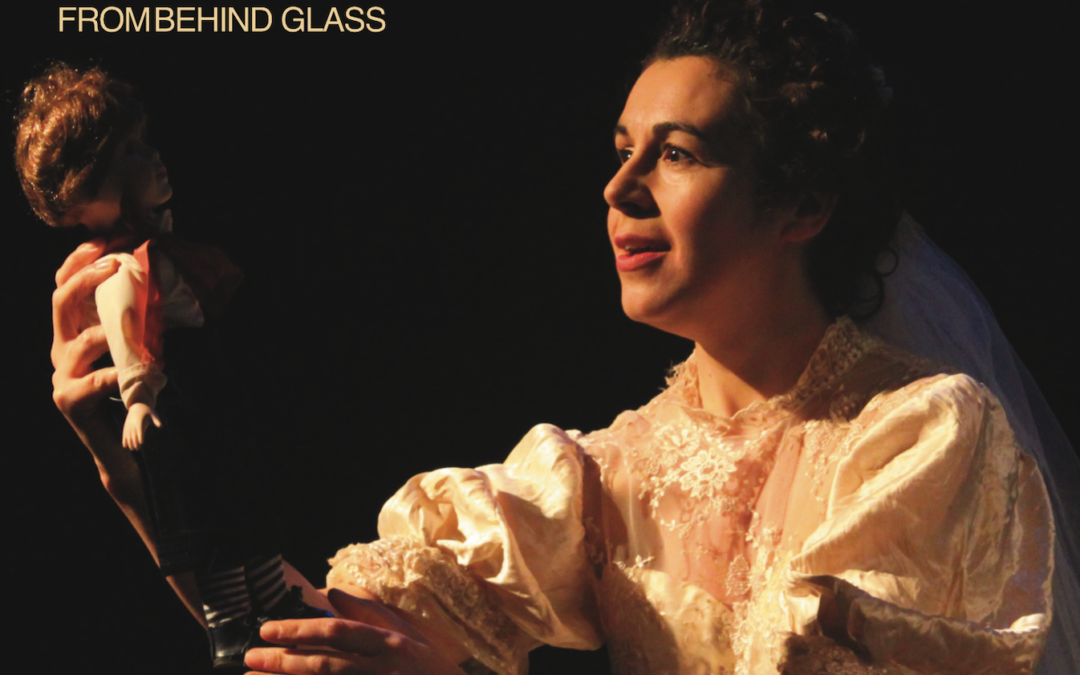The Lady of Satis House – When the Bough Breaks – From Behind Glass
Marie Vassiliou soprano
Tippett Quartet
MERIDIAN CDE 84668
While it is generally believed that the true-life model for Dickens’ Miss Havisham in Great Expectations was the Australian Miss Eliza Donnithorne, it also goes without saying that anyone writing a solo monodrama for mezzo on the subject must reckon with Maxwell Davies’ Miss Donnithorne’s Maggot. For Davies, Randolph Stow gave Miss Donnithorne a wild extended scena.
Cohen has adapted the libretto directly from Dickens to form a condensed narrative. The included libretto is therefore essential. Not only is the time-frame fluid, but the singer is required to undertake several other characters in addition to the eponymous Lady. Unlike the expanded requirements for solo singer in Judith Weir’s King Harald’s Saga, these additional roles are spoken. The work is a tour de force for Vassiliou, who negotiates matters with aplomb, and the chameleon qualities of the Tippett Quartet are flawless.
Cohen’s music-theatre is roughly the same length as Miss Donnithorne, but takes a notably less frenetic view. His gestural, through-composed score makes occasional reference to other composers: Purcell, Mendelssohn and Handel are identified, and I also heard Strauss in the Interlude. The Lady repays several hearings as there is a great deal packed into a small space.
The scene with the blacksmith affords some slight central relief; the slow fade to the ending conflagration is particularly gripping. This is an exciting and rewarding addition to the repertoire, since other than Barber’s Dover Beach, and Schoenberg’s Second Quartet, few other pieces for these forces are heard at all frequently. The recording is excellent too, and it is a pity that a few more seconds were not allowed at the close of the opera before running straight into the remaining pieces for quartet alone.
These substantial fillers are well worth hearing on their own account. Three short lullabies, When the Bough Breaks, are most diverting. The first, based on a student exercise, subjects a simple melody to uncompromising harmonies; the second explores luminous textures in harmonics; the third slowly sinks to slumber, tailing away in a beautifully paced reverie.
Finally, expertly conceived and executed, is a tone poem, From Behind Glass. It visualises four Stradivarius instruments in the Palacio Royal, Madrid, coming to life as birds. After much sighing and fluttering within their cabinets, liberation is achieved. They then settle to a celebratory mini-fantasia on the Catalan folksong The Song of the Birds, eventually reaching a warm A major. Cohen employs a multitude of string colours to brilliant effect in this most attractive piece, and the Tippett Quartet prove great advocates, approaching all challenges with their customary fearlessness and expertise.
Review by Andrew Plant

